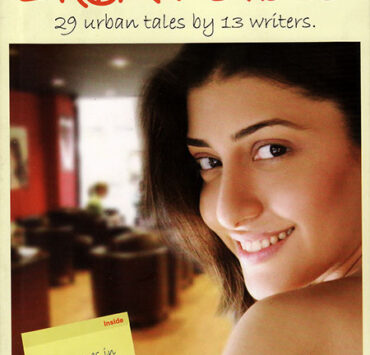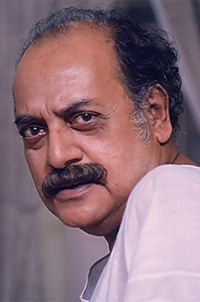In an age of swashbuckling B.M.W.’s and S.U.V.’s, Dhobi Ghat is a cinematic moped. A lightweight, breezy vehicle that lets you feel the rain fall on your naked skin, and when it gets dark, it exposes you to the dingy, rat-infested bylanes of Bombay’s suburbs—all this at a comfortably slow pace.
This interval-less ride elicits the heterogeneous character of the city, through the narratives of four different characters interwoven at the site of the dhobi ghat. You are compelled to ruminate over their relationship with the city. A recluse painter decidedly trying to steer clear of the chic cosmopolitan urban crowd; a slumdog washerman aspiring to become a Bollywood actor; a small-town girl jostling to find her feet in the abundance of the metropolis, and finally, a New York banker flaneuring the city to ripen her photography ambition, while enjoying her Indian sabbatical. The film enables the contours of the city to map their individual struggles and dreams.

If realism is the leading manifesto of an art film, then Dhobi Ghat manages it effortlessly.
The emphatic absence of a typical Bollywood plot condenses the film to a few exceptionally elegant moments; sights and moods that allow you to trudge on the emotional landscape of the four protagonists. For instance, Munna practising how to pose in front of a mirror comes across as both honest and entertaining. Shai’s character, for me, is the most identifiable of all. Her uneasy, dazed state of mind after an incidental one-night stand with an attractive artist and her hesitance to get romantically involved with a good-looking dhobi add much to the screenplay.
A diegetic soundtrack, hand-held-camera shots, lucid visuals, the lack of closure, and long sequences of inactivity reflect the director’s understanding of art cinema. A deliberate departure from a dramatic narrative allows you to engage with the visual language of the medium. Like a modern painting, the form becomes the content. Here, I am tempted to recall the chase sequence in the climax of the film, where Munna hurriedly runs to Shai’s car.
There are some moments in the film that come across as clichéd and redundant. The death of Munna’s brother due to a gangster skirmish sounds foolish and rather unreal. It is an unsuited development that doesn’t add much to the story and weakens Munna’s character, whose grief is very amateurishly dealt with. A mysterious death of this nature unsettles the realistic atmosphere created by the film otherwise. Arun’s obsession with Yasmin, purely based on some dusty old tapes, was a little hard to swallow. It is totally acceptable for an artist to find his muse in unexplored pockets of life, but for an emotionally stoic person—who is shown to be a failure in matters of love and relationships—to break down down this intensely over a virtual figure felt a little forced.
However, in these precise moments, the film could have given way to conventional drama and predictable twists a la any run-of-the-mill Bollywood film. After all, how hard is to imagine Shai falling in love with Munna, who could later have turned into a dashing, successful film star, aided by our ace photographer? Something like that is thankfully avoided, and a sense of disquiet and melancholy is consistently kept alive throughout the film.
While the film is clearly an ode to the Maximum City, it does not come across as celebratory or self-loathing (as in the case of Slumdog Millionaire). It speaks through its subtlety, reminding one of the effervescence of Lost in Translation and My Blueberry Nights.
If realism is the leading manifesto of an art film, then Dhobi Ghat manages it effortlessly. After all, how many contemporary films attempt to capture the utter abysmal mundaneness of life?








